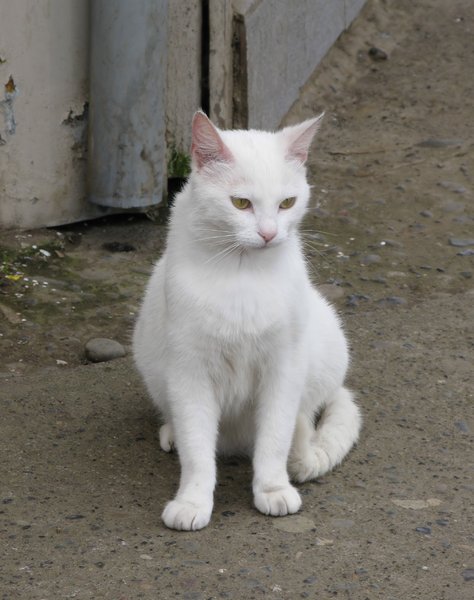
In most parts of the country, where problems with unowned cats have been reported, they are trapped and removed. But cats shouldn’t be returned to where they were found.

Although this is currently being undertaken by private individuals and groups in capital cities and some towns, it is considered illegal across most jurisdictions in Australia, as it is construed as abandonment or releasing an invasive species.ĭesexing cats is an important way to curb the numbers of unowned cats on the streets. Nearly all (95%) carried substantial loads of transmissible helminth parasites.ĭon't let them out: 15 ways to keep your indoor cat happyĪcross Australia’s states and territories, there are two main approaches local governments use to manage unowned cat populations in urban and regional areas: trap and euthanase or trap and adopt.Īnother approach is to trap, desex and return cats to their point of capture (called “trap-neuter-return”). Cats often hide when traumatised or ill, and so sick cats will often just “disappear”.Īlarmingly, 58% of the cats we examined had consumed dangerous refuse, including sharp, dangerous items or indigestible material that blocked their gastrointestinal tracts. However, these animals were the ones that had survived long enough to be trapped and studied. The unowned cats in our study looked healthy, were reproductive, and had few external parasites. It’s vital we find effective ways to reduce their numbers - but what’s the best way to go about this? In fact, our recent studies show unowned cats have significantly shorter lives than pet cats, with less than half surviving their first year. Like their feral counterparts, unowned cats are a public health threat, they can fight with or transmit diseases to pet cats, and they kill native wildlife.Īnd, of course, they themselves suffer poor welfare.

Feral cats, on the other hand, live in the wild and can survive without relying on people for food. Unowned stray cats rely heavily on human settlements for food and shelter and breed freely. Unowned cats are sometimes called “stray” or “semi-feral”: they, or their parents, were once owned by humans but are now abandoned or lost. Australia is home to hordes of unowned cats, with an estimated 700,000 living without appropriate care in urban areas, around rubbish dumps or on farms. Odds are, if you’ve seen a cat prowling around your neighbourhood, it doesn’t have an owner.


 0 kommentar(er)
0 kommentar(er)
